Home>Home Maintenance>How Much Does A Ventilation System Cost
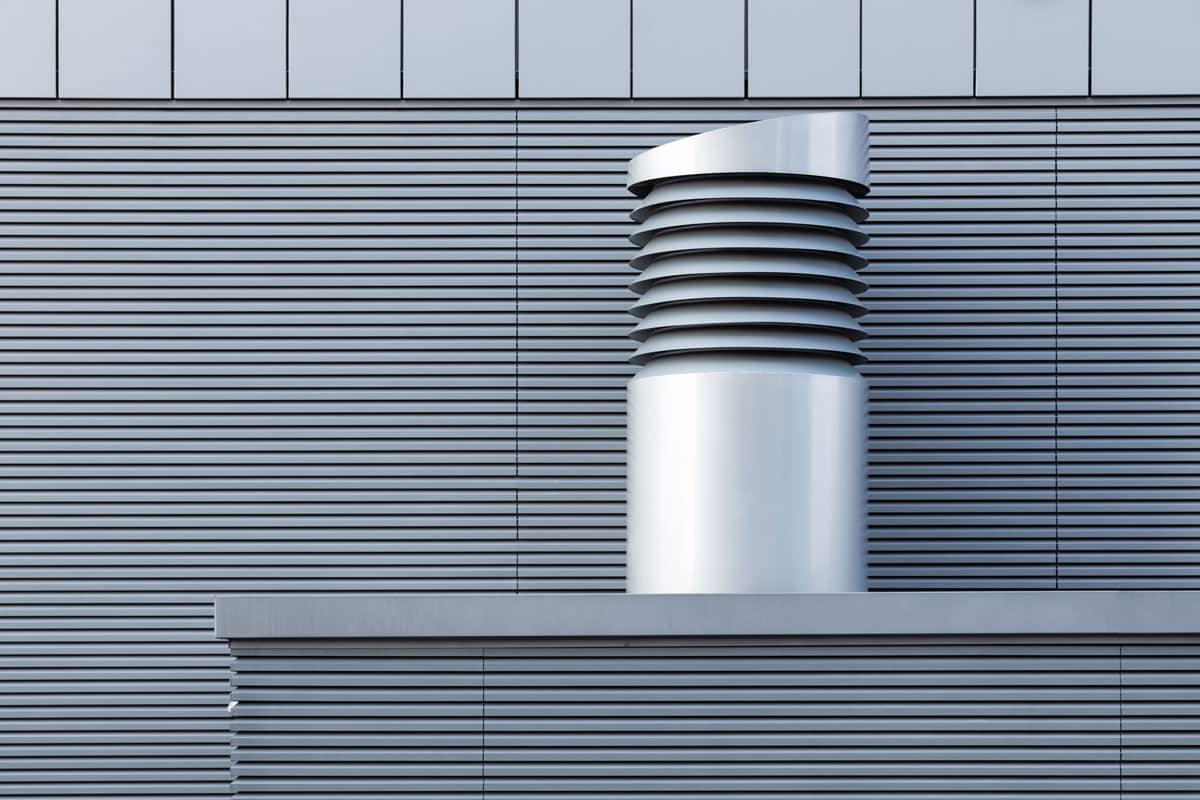

Home Maintenance
How Much Does A Ventilation System Cost
Modified: March 6, 2024
Learn the cost of installing a ventilation system for your home. Discover the average expenses and factors that influence pricing in our comprehensive guide on home maintenance.
(Many of the links in this article redirect to a specific reviewed product. Your purchase of these products through affiliate links helps to generate commission for Storables.com, at no extra cost. Learn more)
Introduction
A ventilation system is an essential component of any home, as it helps to regulate air quality, control humidity, and remove contaminants from the indoor environment. Proper ventilation not only improves the overall comfort of a home but also plays a crucial role in maintaining the health and well-being of its occupants.
When it comes to installing a ventilation system, one of the most common concerns for homeowners is the cost. The cost of a ventilation system can vary depending on various factors, including the type of system, the size of the home, and the complexity of the installation.
In this article, we will explore the factors that affect the cost of a ventilation system and provide an overview of the different types of systems available. We will also discuss the average costs associated with each type of system and highlight some additional factors to consider when choosing the right ventilation system for your home.
By understanding the costs involved and considering the specific needs of your home, you can make an informed decision about the best ventilation system to invest in for optimal comfort and indoor air quality.
Key Takeaways:
- Invest in a whole house ventilation system for comprehensive airflow, costing around $3,000 to $10,000. It’s a valuable long-term investment for improved air quality and energy savings.
- Consider an exhaust fan ventilation system for specific areas, costing around $350 to $1,100. It’s an affordable solution for localized ventilation and better indoor air quality.
Read more: How Much Does An HVAC Inspection Cost
Factors Affecting the Cost of a Ventilation System
Several factors influence the cost of installing a ventilation system in your home. Understanding these factors will help you determine the budget required for your specific needs. Here are some key factors to consider:
- Type of Ventilation System: The type of ventilation system you choose will have a significant impact on the overall cost. There are various options available, including whole house ventilation systems, exhaust fan ventilation systems, heat recovery ventilation systems, supply ventilation systems, and balanced ventilation systems. Each type has its own unique features and price range.
- Size of the Home: The size of your home plays a crucial role in the cost of the ventilation system installation. Larger homes require more extensive ductwork, additional fans, and potentially multiple ventilation units to adequately circulate air. Consequently, the cost for materials and labor will be higher for larger homes.
- Complexity of Installation: The complexity of the installation also affects the overall cost. If your home requires extensive modifications, such as cutting through walls or ceilings to install ductwork, the labor cost will increase. Unique architectural features, such as vaulted ceilings or multiple stories, may require additional planning and customization, resulting in higher installation costs as well.
- Efficiency and Features: Higher efficiency ventilation systems, such as those with energy recovery capabilities or smart features, tend to have a higher initial cost. However, these systems can provide long-term energy savings and enhanced functionality, making them worth considering if within your budget.
- Professional Installation: Hiring a professional to install your ventilation system is highly recommended. While it may be tempting to attempt a DIY installation to save on costs, improper installation can lead to inefficiencies and potential damage to your home. The cost of professional installation will vary depending on the complexity of the project and the local rates charged by HVAC contractors.
It is important to consider these factors and weigh them against your budget to determine the best ventilation system for your needs. Balancing cost-effectiveness with efficiency and long-term benefits is key to making a wise investment in your home’s indoor air quality and comfort.
Types of Ventilation Systems
When it comes to choosing a ventilation system for your home, there are several types to consider. Each type offers its own unique features and benefits. Understanding the different options can help you make an informed decision based on your specific needs. Here are the most common types of ventilation systems:
- Whole House Ventilation Systems: These systems are designed to provide continuous, balanced ventilation throughout the entire home. They typically consist of a centralized unit that circulates fresh air into the living spaces and exhausts stale air to the outside. Whole house ventilation systems ensure a consistent supply of fresh air and help maintain a healthy indoor environment.
- Exhaust Fan Ventilation Systems: Exhaust fan systems are commonly used in areas such as bathrooms, kitchens, and laundry rooms. They work by extracting stale air and moisture from specific rooms and exhausting it outdoors. These systems are relatively simple and cost-effective to install, but they do not provide a continuous supply of fresh air.
- Heat Recovery Ventilation Systems: Heat recovery ventilation (HRV) systems are designed to provide both fresh air and heat recovery. They extract stale air from the house while simultaneously bringing in fresh air, exchanging heat between the two streams in the process. HRV systems are highly efficient and help maintain indoor comfort while improving air quality.
- Supply Ventilation Systems: Supply ventilation systems work by introducing fresh air into the home while simultaneously exhausting stale air. Unlike exhaust fan systems, supply ventilation systems actively bring in fresh air from outside and distribute it throughout the house, creating a continuous flow of fresh air. These systems are effective at improving indoor air quality and can be combined with other ventilation methods for optimal performance.
- Balanced Ventilation Systems: Balanced ventilation systems combine both supply and exhaust functions to ensure a balanced airflow throughout the home. These systems typically use separate fans to introduce fresh air and exhaust stale air, maintaining an equilibrium and preventing pressure imbalances. Balanced ventilation systems are well-suited for tightly-sealed homes and promote efficient air exchange.
Each type of ventilation system has its own advantages and considerations. Factors such as the size of your home, local climate, and budget will influence the best choice for your specific needs. Consulting with a ventilation professional can help you determine the most appropriate system to ensure optimal indoor air quality and comfort.
Cost of a Whole House Ventilation System
Whole house ventilation systems provide comprehensive and balanced airflow throughout the entire home, ensuring a continuous supply of fresh air while exhausting stale air. The cost of installing a whole house ventilation system can vary depending on several factors. These include the size of the home, the type of system chosen, and the complexity of the installation. Here’s a breakdown of the average costs associated with a whole house ventilation system:
- System Cost: The cost of the ventilation system itself can range from $1,000 to $5,000, depending on the brand and features. Higher-end systems with advanced controls, air purification, and energy-saving features tend to be more expensive.
- Professional Installation: Hiring a professional to install a whole house ventilation system is highly recommended to ensure proper installation and functionality. The installation cost can range from $1,500 to $3,500, depending on factors such as the size of the home and the complexity of the ductwork and electrical connections required.
- Ductwork Modification: If your home’s existing ductwork requires modification or additional ducts need to be installed, this can add to the overall cost. The extent of the modifications will depend on the layout and structure of your home, and the price can range from $500 to $2,000.
- Electrical Work: In some cases, electrical work may be necessary to connect the ventilation system to the power supply. This can include installing switches, outlets, or wiring, and might cost an additional $500 to $1,000.
As a rough estimate, the total cost of installing a whole house ventilation system can range from $3,000 to $10,000, depending on the factors mentioned above. It’s important to remember that these are average costs and can vary depending on your specific location and requirements.
While the upfront cost of a whole house ventilation system may seem substantial, it is a worthwhile investment in improving indoor air quality, reducing moisture buildup, and promoting a healthier living environment for you and your family. The long-term benefits, including lower energy consumption, improved comfort, and potential savings on HVAC maintenance and repair costs, make it a valuable addition to any home.
Cost of an Exhaust Fan Ventilation System
An exhaust fan ventilation system is a popular choice for specific areas of the home that require localized ventilation, such as bathrooms, kitchens, and laundry rooms. These systems work by extracting stale air and moisture from the room and venting it outdoors. The cost of installing an exhaust fan ventilation system can vary depending on several factors. Here’s a breakdown of the average costs associated with this type of ventilation system:
- Exhaust Fan Cost: The cost of the exhaust fan itself can range from $50 to $300, depending on the brand, size, and features. Higher-end models with quieter operation and energy-saving features tend to be more expensive.
- Professional Installation: While it may be possible to install an exhaust fan yourself, hiring a professional is recommended to ensure proper installation and functionality. The installation cost can range from $200 to $500, depending on factors such as the complexity of the installation, the need for electrical wiring, and any structural modifications required.
- Additional Components: Depending on the specific requirements of your space, additional components may be needed, such as ductwork, vent covers, and switches. These additional components can add an extra $100 to $300 to the overall cost.
As a rough estimate, the total cost of installing an exhaust fan ventilation system can range from $350 to $1,100, depending on the factors mentioned above. It’s important to note that these are average costs and can vary depending on your specific location and requirements.
While exhaust fan ventilation systems are generally more affordable compared to whole house ventilation systems, they provide localized ventilation rather than a continuous supply of fresh air throughout the entire home. They are a cost-effective solution for addressing specific areas with high moisture levels or odors. However, they do not provide the same level of air circulation and balanced airflow as a whole house system.
Considering the importance of proper ventilation in key areas of the home, investing in an exhaust fan ventilation system can significantly improve indoor air quality and prevent issues like mold growth and excessive humidity. The upfront cost is relatively affordable, and the benefits in terms of improved comfort and health make it a worthwhile addition to your home.
Read more: How Much Does HVAC Ductwork Cost
Cost of a Heat Recovery Ventilation System
A heat recovery ventilation (HRV) system is designed to provide both fresh air and heat recovery, making it an energy-efficient option for maintaining indoor air quality. These systems extract stale air from the house while simultaneously bringing in fresh air, exchanging heat between the two streams in the process. The cost of installing a heat recovery ventilation system can vary depending on several factors. Here’s a breakdown of the average costs associated with this type of ventilation system:
- System Cost: The cost of a heat recovery ventilation system ranges from $1,500 to $3,000, depending on the brand, size, and features. High-end models with advanced filtration, energy-saving features, and smart controls tend to be more expensive.
- Professional Installation: Hiring a professional to install an HRV system is recommended to ensure proper installation and functionality. The installation cost can range from $1,500 to $3,500, depending on factors such as the size of the home, the complexity of the ductwork, and any electrical connections required.
- Ductwork Modification: If modifications or additional ductwork are necessary to accommodate the HRV system, there may be additional costs involved. The extent of the modifications will depend on the layout and structure of your home, and the price can range from $500 to $2,000.
- Electrical Work: Depending on the specific requirements of the HRV system, electrical work may be necessary to connect it to the power supply. This could include installing switches, outlets, or wiring, which can add an extra $500 to $1,000 to the overall cost.
As a rough estimate, the total cost of installing a heat recovery ventilation system can range from $4,000 to $10,000, depending on the factors mentioned above. It’s important to note that these are average costs and can vary depending on your specific location and requirements.
While the upfront cost of an HRV system may be higher compared to other ventilation options, the long-term benefits are significant. By recovering heat from the outgoing stale air, HRV systems help to reduce heating and cooling costs throughout the year. They also provide a continuous supply of fresh air, improve indoor air quality, and reduce moisture and odors in the home.
Considering the energy savings and the improved comfort and air quality an HRV system brings, it is a worthwhile investment for homeowners looking for an efficient ventilation solution.
When budgeting for a ventilation system, consider factors like the size of the space, type of system, and installation costs. Get quotes from multiple providers to compare prices and find the best option for your needs.
Cost of a Supply Ventilation System
A supply ventilation system is designed to bring fresh air into the home by actively introducing outdoor air through fans and distributing it throughout the house. These systems work in conjunction with exhaust vents to create a balanced airflow. The cost of installing a supply ventilation system can vary depending on several factors. Here’s a breakdown of the average costs associated with this type of ventilation system:
- System Cost: The cost of a supply ventilation system ranges from $1,000 to $3,000, depending on the brand, size, and features. Higher-end models with advanced controls, filtration systems, and energy-saving features tend to be more expensive.
- Professional Installation: It is recommended to hire a professional to install a supply ventilation system to ensure proper installation and optimal performance. The installation cost can range from $1,500 to $3,500, depending on factors such as the size of the home, the complexity of the ductwork, and any electrical connections required.
- Ductwork Modification: If modifications or additional ductwork are needed to accommodate the new system, there may be additional costs involved. The extent of the modifications will depend on the layout and structure of your home, and the price can range from $500 to $2,000.
- Electrical Work: Depending on the specific requirements of the supply ventilation system, electrical work may be necessary to connect it to the power supply. This could include installing switches, outlets, or wiring, which can add an extra $500 to $1,000 to the overall cost.
As a rough estimate, the total cost of installing a supply ventilation system can range from $4,000 to $9,000, depending on the factors mentioned above. It’s important to note that these are average costs and can vary depending on your specific location and requirements.
Supply ventilation systems continuously introduce fresh air into the home, improving indoor air quality and providing a constant supply of fresh, filtered air. They work well in combination with exhaust ventilation systems to maintain a balanced airflow throughout the home.
While the upfront cost of a supply ventilation system may be higher compared to other ventilation options, the long-term benefits in terms of improved air quality, reduced humidity, and enhanced comfort make it a valuable investment. Additionally, the energy-efficient operation of these systems can lead to potential savings on heating and cooling costs over time.
If you are concerned about maintaining high indoor air quality and want a reliable supply of fresh air, a supply ventilation system can be an excellent choice for your home.
Cost of a Balanced Ventilation System
A balanced ventilation system combines both supply and exhaust functions to ensure a balanced airflow throughout the home. These systems actively introduce fresh air from outside while simultaneously exhausting stale air, maintaining an equilibrium and preventing pressure imbalances. The cost of installing a balanced ventilation system can vary depending on several factors. Here’s a breakdown of the average costs associated with this type of ventilation system:
- System Cost: The cost of a balanced ventilation system ranges from $1,500 to $4,000, depending on the brand, size, and features. Higher-end models with advanced controls, air filtration, and energy-saving features tend to be more expensive.
- Professional Installation: It is recommended to hire a professional to install a balanced ventilation system to ensure proper installation and optimal functionality. The installation cost can range from $1,500 to $4,000, depending on factors such as the size of the home, the complexity of the ductwork, and any electrical connections required.
- Ductwork Modification: If modifications or additional ductwork are needed to accommodate the new system, there may be additional costs involved. The extent of the modifications will depend on the layout and structure of your home, and the price can range from $500 to $2,000.
- Electrical Work: Depending on the specific requirements of the balanced ventilation system, electrical work may be necessary to connect it to the power supply. This could include installing switches, outlets, or wiring, which can add an extra $500 to $1,000 to the overall cost.
As a rough estimate, the total cost of installing a balanced ventilation system can range from $4,000 to $10,000, depending on the factors mentioned above. It’s important to note that these are average costs and can vary depending on your specific location and requirements.
While the upfront cost of a balanced ventilation system may be higher compared to other types of ventilation systems, the benefits it offers make it a worthwhile investment. Balanced ventilation systems ensure a consistent supply of fresh air throughout the home, promoting healthy indoor air quality and eliminating stale air and pollutants.
In addition to improving air quality, balanced ventilation systems also contribute to energy efficiency. By exchanging heat between the incoming and outgoing air, these systems help to reduce heating and cooling costs, providing long-term savings.
If you are looking for a comprehensive solution to ensure constant fresh air circulation and balanced airflow in your home, a balanced ventilation system is a great choice. Consider your specific needs, budget, and consult with a professional to determine the most suitable option for your home.
Additional Costs to Consider
When budgeting for a ventilation system installation, it is important to take into account additional costs that may arise during the process. These costs can vary depending on factors such as the complexity of the installation, the specific requirements of your home, and any customization or upgrades you choose. Here are some common additional costs to consider:
- Ductwork Modification: Depending on the type of ventilation system you choose, your existing ductwork may need modification or additional ducts may need to be installed. This can add to the overall cost of the installation, particularly if there are structural challenges or limitations in your home that require significant modifications.
- Permits and Inspections: In some areas, securing permits and scheduling inspections for ventilation system installations is required. These permits typically come with associated fees, which should be factored into the overall cost.
- Upgrades and Accessories: Depending on your preferences and specific needs, you may choose to upgrade your ventilation system with additional features and accessories. This could include advanced air filtration systems, energy-saving controls, or smart home integration. Each upgrade or accessory will come with its own cost that should be taken into consideration.
- Maintenance and Filter Replacement: It’s important to keep in mind the ongoing maintenance and filter replacement costs associated with your chosen ventilation system. Regular filter replacements or professional maintenance service fees should be taken into account when considering the overall cost of your ventilation system over time.
By considering these additional costs, you can better estimate the total budget required for your ventilation system installation. It’s recommended to consult with a professional to assess your specific needs and get an accurate cost estimate based on your home’s specifications and requirements.
Remember that investing in a high-quality ventilation system and taking care of any necessary modifications or upgrades can contribute to the long-term efficiency, performance, and durability of the system. Factor in these additional costs to ensure you have a comprehensive understanding of the overall investment required.
Read more: How Much Does HVAC Cleaning Cost
Factors to Consider When Choosing a Ventilation System
Choosing the right ventilation system for your home is crucial to maintaining optimal indoor air quality and comfort. It’s important to consider several factors to ensure that the system you select meets your specific needs and budget. Here are some key factors to consider when choosing a ventilation system:
- Ventilation Needs: Assess your specific ventilation needs. Are you looking to improve air quality, control humidity, or remove odors and pollutants? Different ventilation systems are designed to address specific concerns, so understanding your needs is essential.
- Size of Your Home: Consider the size of your home when choosing a ventilation system. Larger homes may require more extensive ductwork and multiple ventilation units to ensure consistent airflow. A professional can help determine the size and capacity requirements for your specific space.
- Budget: Set a reasonable budget for the ventilation system installation. Consider not only the upfront costs but also long-term savings and maintenance expenses. Remember that investing in a high-quality system can provide long-term benefits and energy efficiency.
- Energy Efficiency: Look for energy-efficient ventilation systems that can help reduce your energy consumption and lower utility bills. Consider systems with heat recovery capabilities, smart controls, and variable speed fans that optimize performance and minimize energy waste.
- Noise Level: Take noise into account, especially if the ventilation system will be installed in frequently used areas such as bedrooms or living spaces. Look for systems with sound-dampening features or quieter operation to avoid disturbances.
- Professional Installation: Opt for professional installation to ensure the ventilation system is properly installed and integrated with your home’s existing HVAC system. Professional installers have the expertise to assess your needs, handle any necessary modifications, and ensure optimal performance.
- Maintenance Requirements: Consider the maintenance requirements of the ventilation system. Some systems require filter replacement or periodic cleaning to maintain optimal performance. Factor in the time and cost associated with regular maintenance to ensure the system continues to operate effectively.
- Warranty and Support: Check the warranty and available support for the ventilation system. Choose a system from a reputable manufacturer that offers a warranty and good customer support, ensuring you have recourse in case of any issues or malfunctions.
By considering these factors, you can make an informed decision when selecting a ventilation system that meets your specific needs, budget, and preferences. It’s recommended to consult with a ventilation professional who can assess your home and provide expert guidance to help you choose the most suitable system.
Remember, the right ventilation system will not only enhance your indoor air quality but also contribute to a healthier and more comfortable living environment for you and your family.
Conclusion
Proper ventilation is a vital component of maintaining a healthy and comfortable home environment. Investing in a ventilation system can significantly improve indoor air quality, regulate humidity levels, and remove pollutants from your living spaces. However, it’s important to consider various factors and understand the costs involved when choosing the right system for your home.
Factors such as the type of ventilation system, the size of your home, the complexity of the installation, and your budget all play a role in determining the cost of a ventilation system. Whole house ventilation systems provide comprehensive airflow throughout your home, while exhaust fan systems and balanced ventilation systems offer localized or balanced ventilation, respectively. Heat recovery and supply ventilation systems provide additional benefits such as heat exchange and continuous fresh air supply.
When budgeting for a ventilation system installation, don’t forget to consider additional costs such as ductwork modification, permits and inspections, upgrades, and ongoing maintenance. Professional installation is recommended to ensure proper functionality and optimal performance of the system.
When choosing a ventilation system, take into account your specific ventilation needs, the size of your home, your budget, and the energy efficiency, noise level, and maintenance requirements of the system. Consider seeking the assistance of a ventilation professional who can provide expert guidance tailored to your home’s specifications.
In conclusion, investing in an appropriate ventilation system is a worthwhile endeavor for every homeowner. It promotes a healthy living environment, enhances indoor air quality, and contributes to energy efficiency. By considering the factors discussed and factoring in the associated costs, you can select the best ventilation system that suits your needs and ensures the comfort and well-being of your household for years to come.
Frequently Asked Questions about How Much Does A Ventilation System Cost
Was this page helpful?
At Storables.com, we guarantee accurate and reliable information. Our content, validated by Expert Board Contributors, is crafted following stringent Editorial Policies. We're committed to providing you with well-researched, expert-backed insights for all your informational needs.
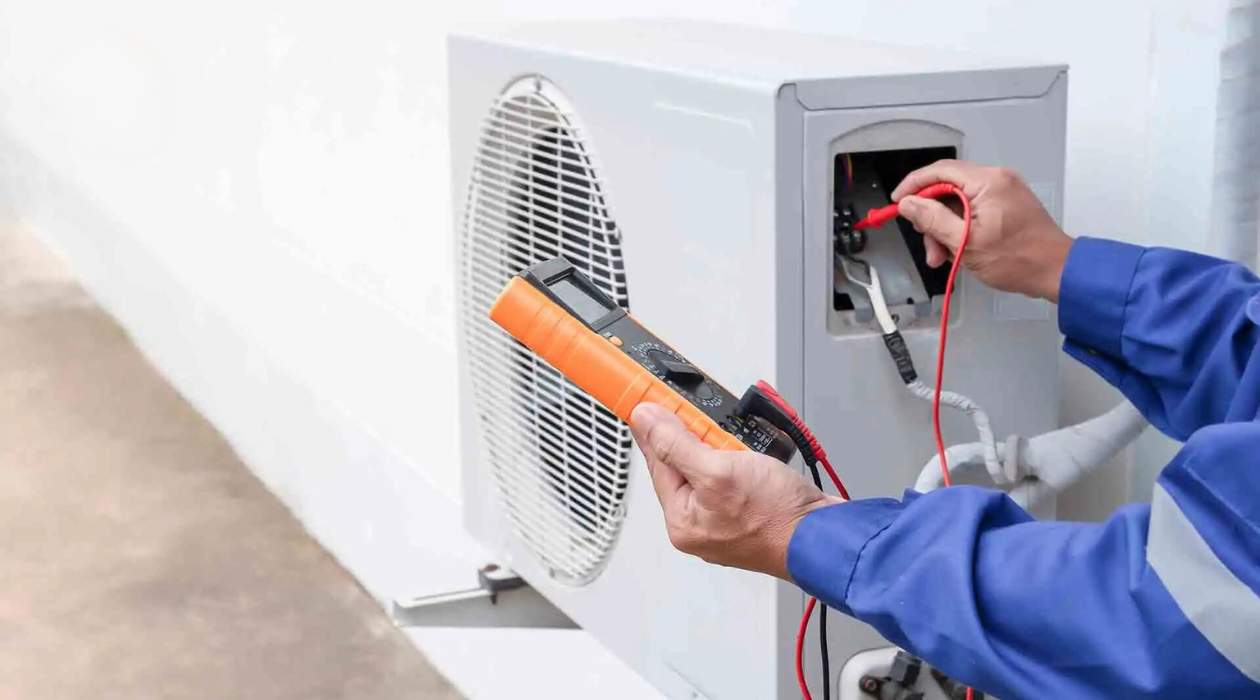
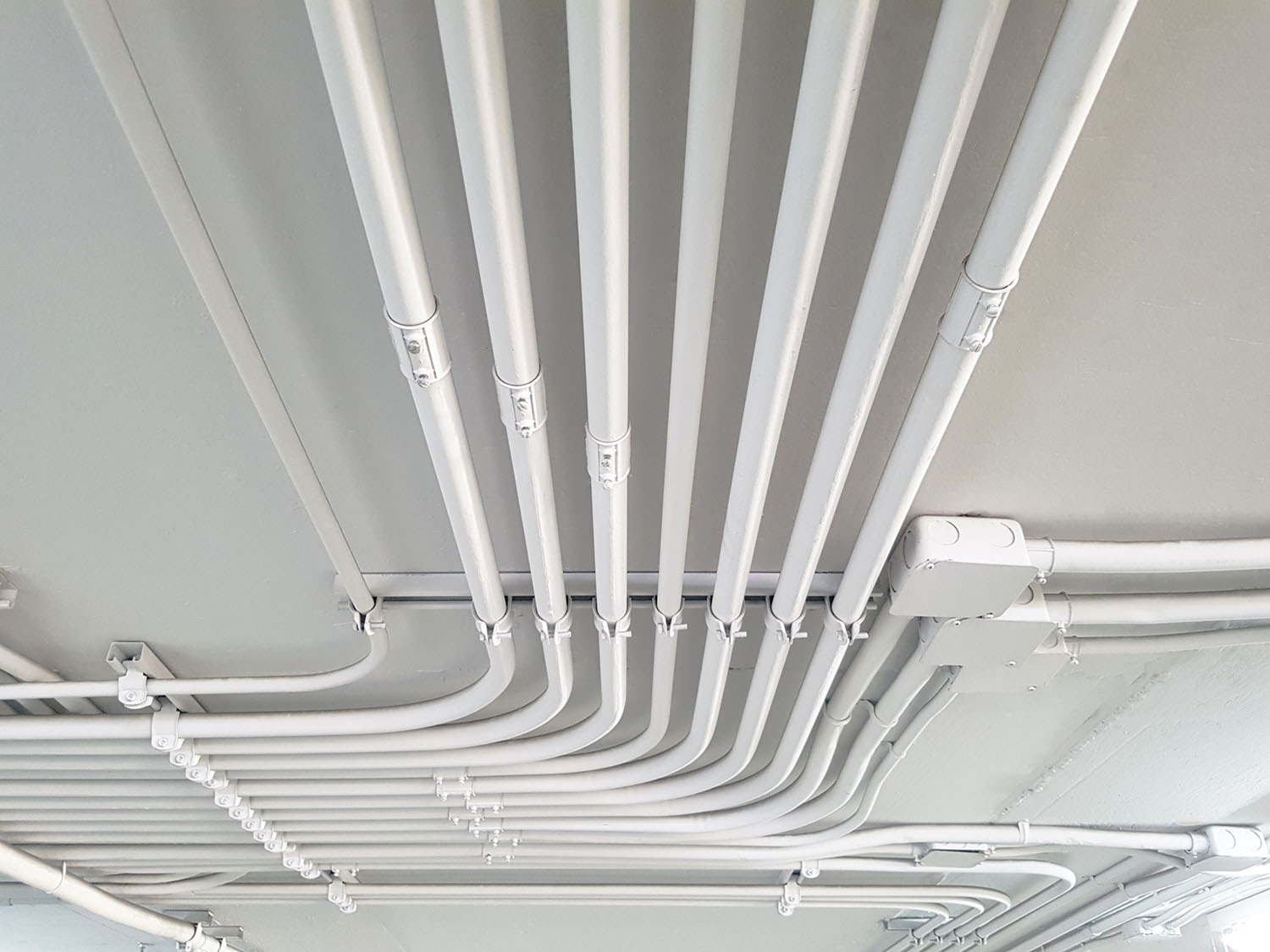
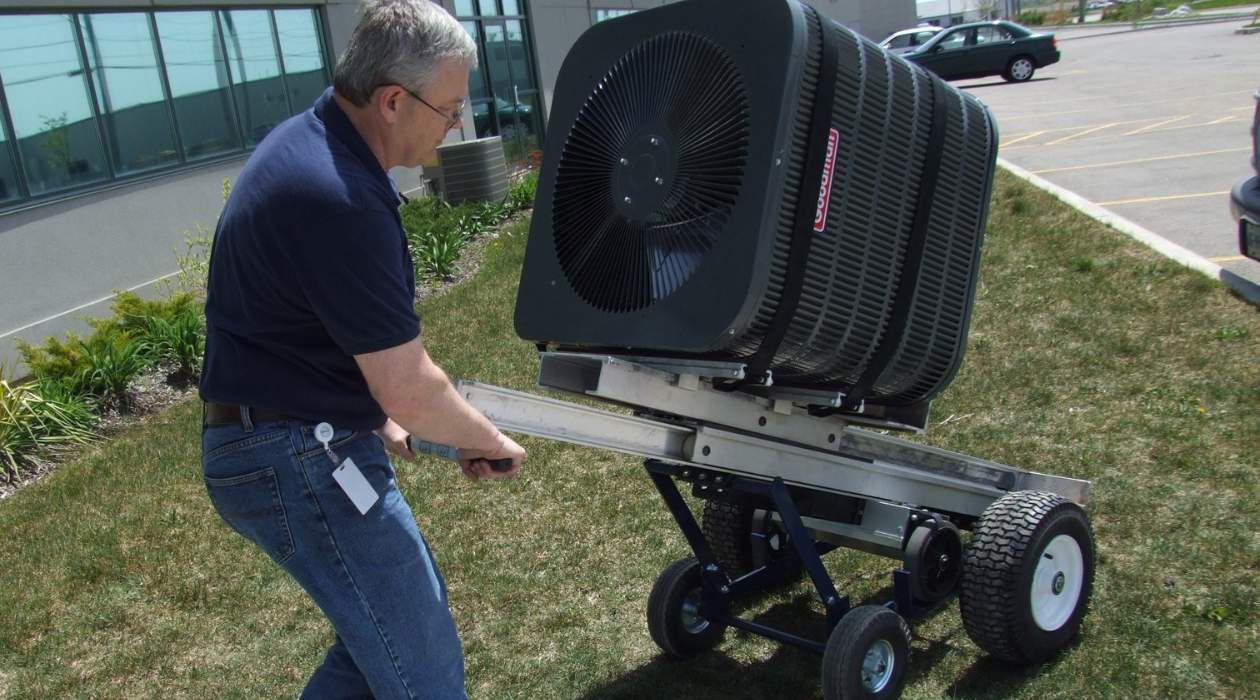
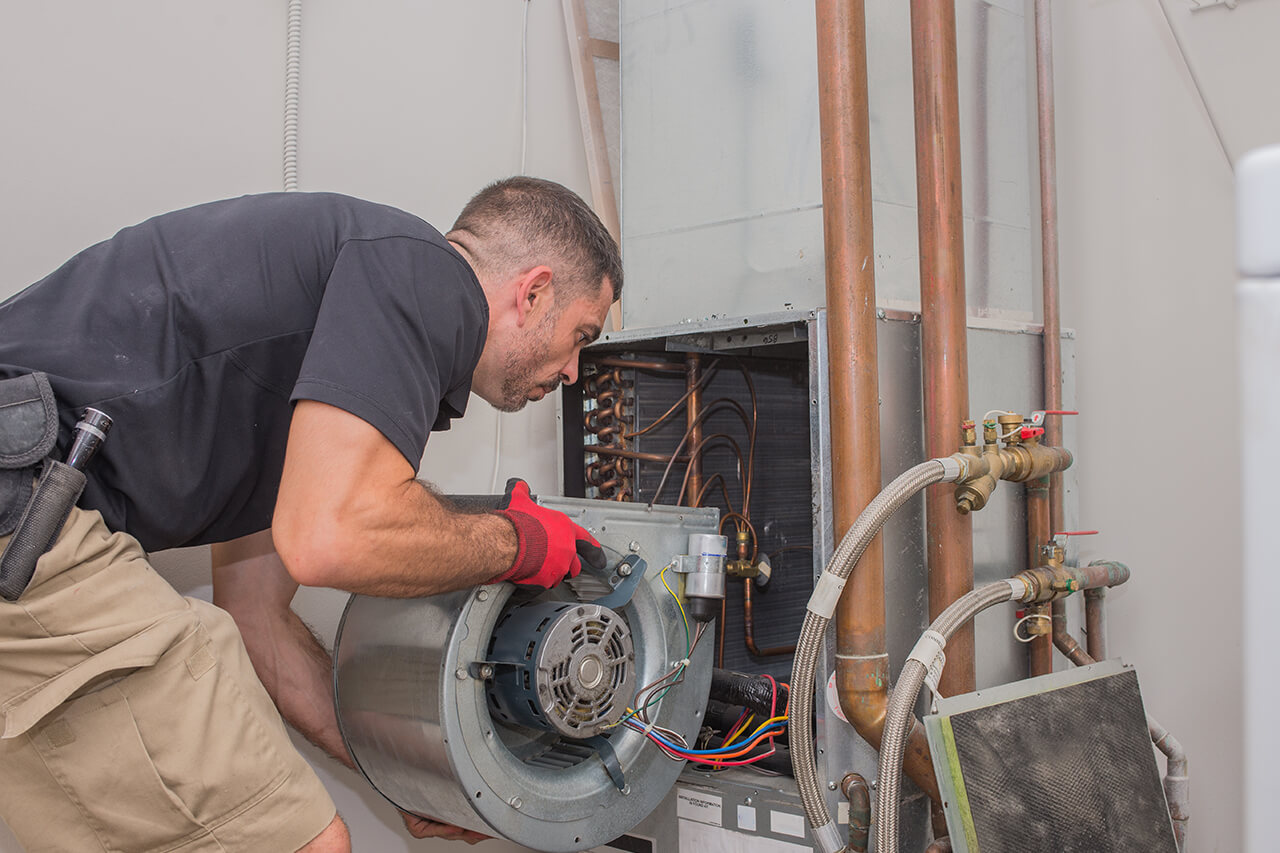
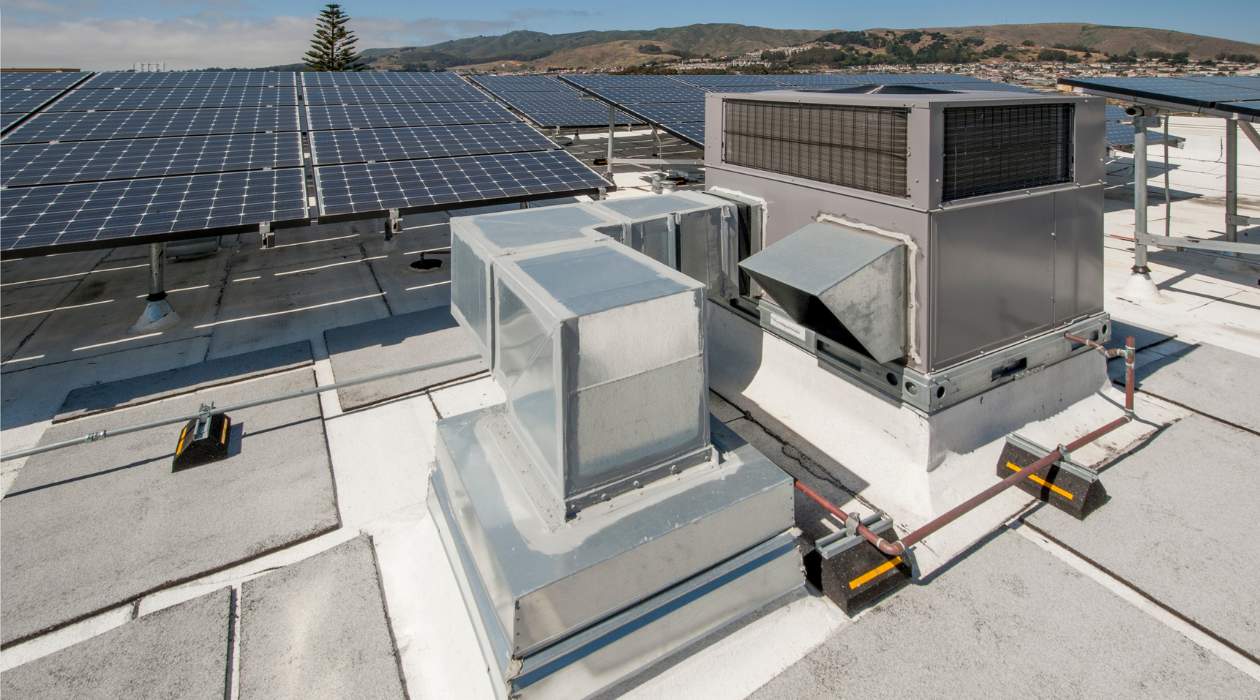
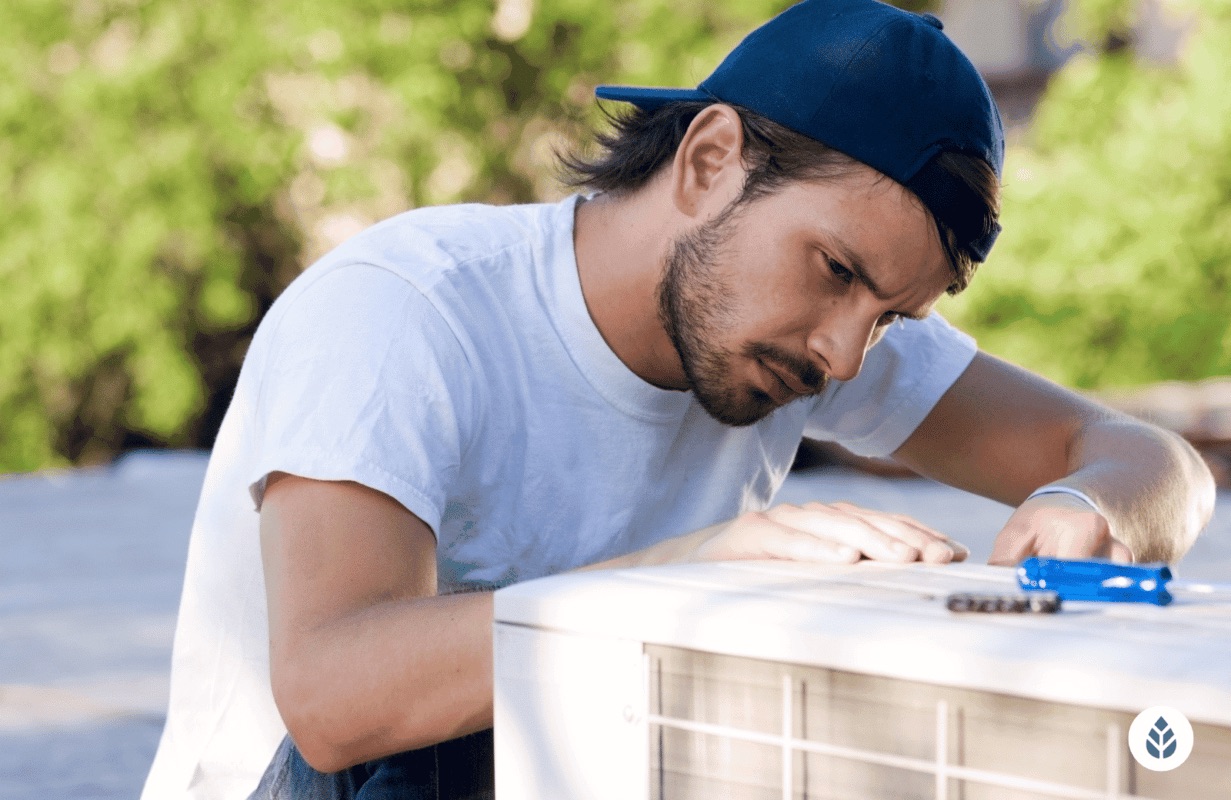
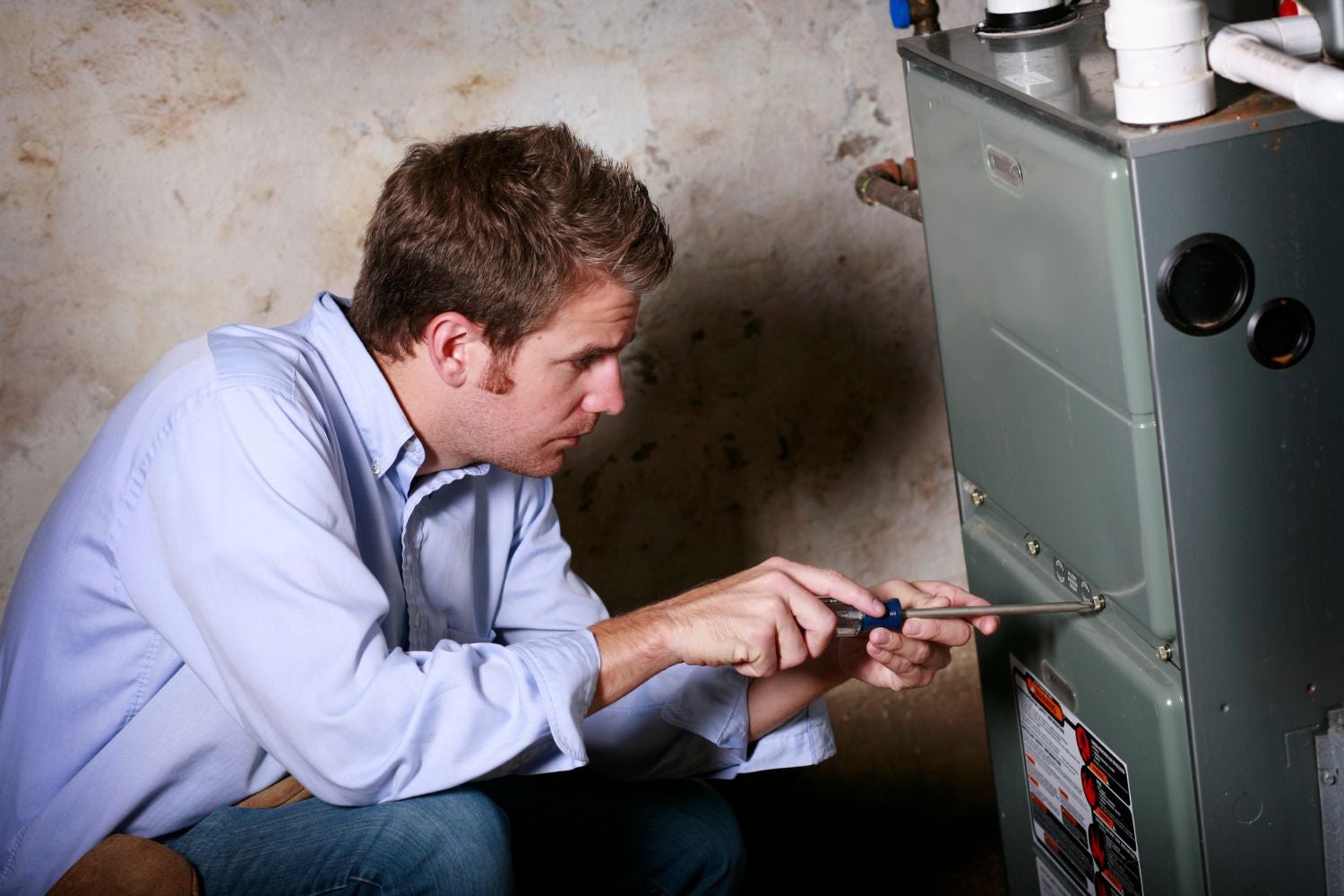
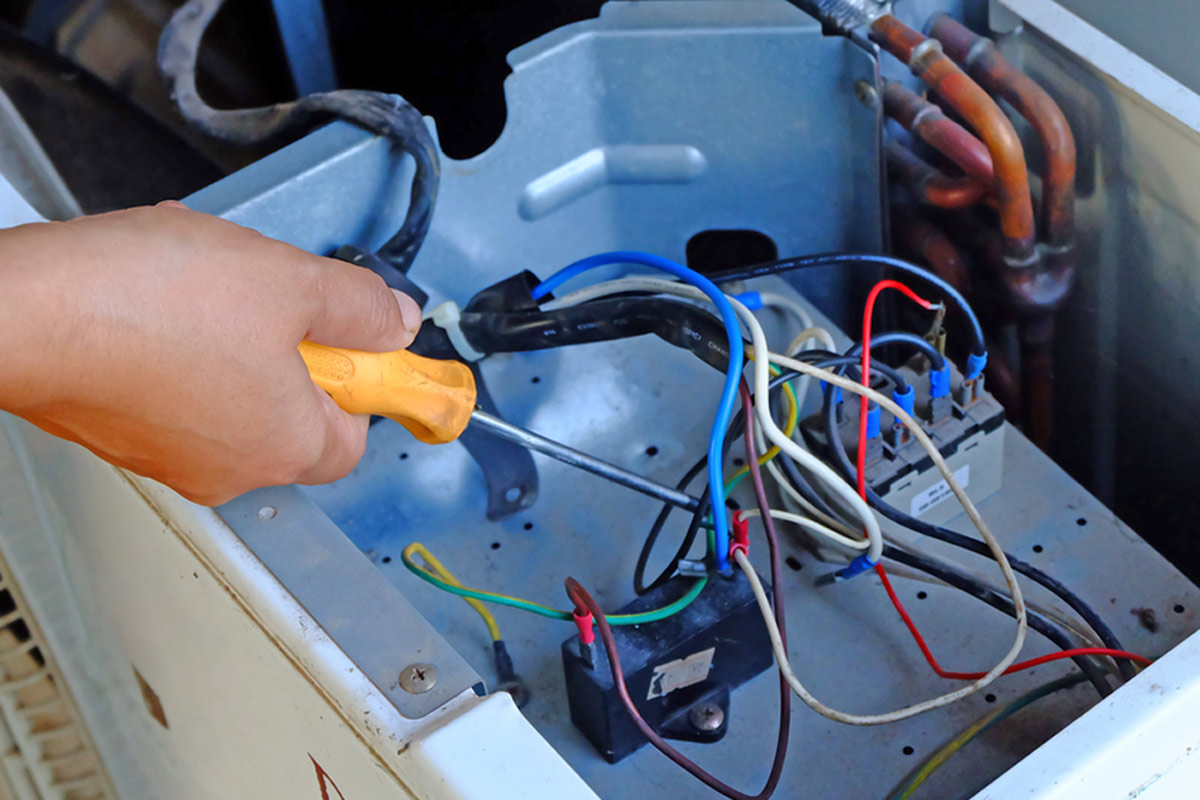
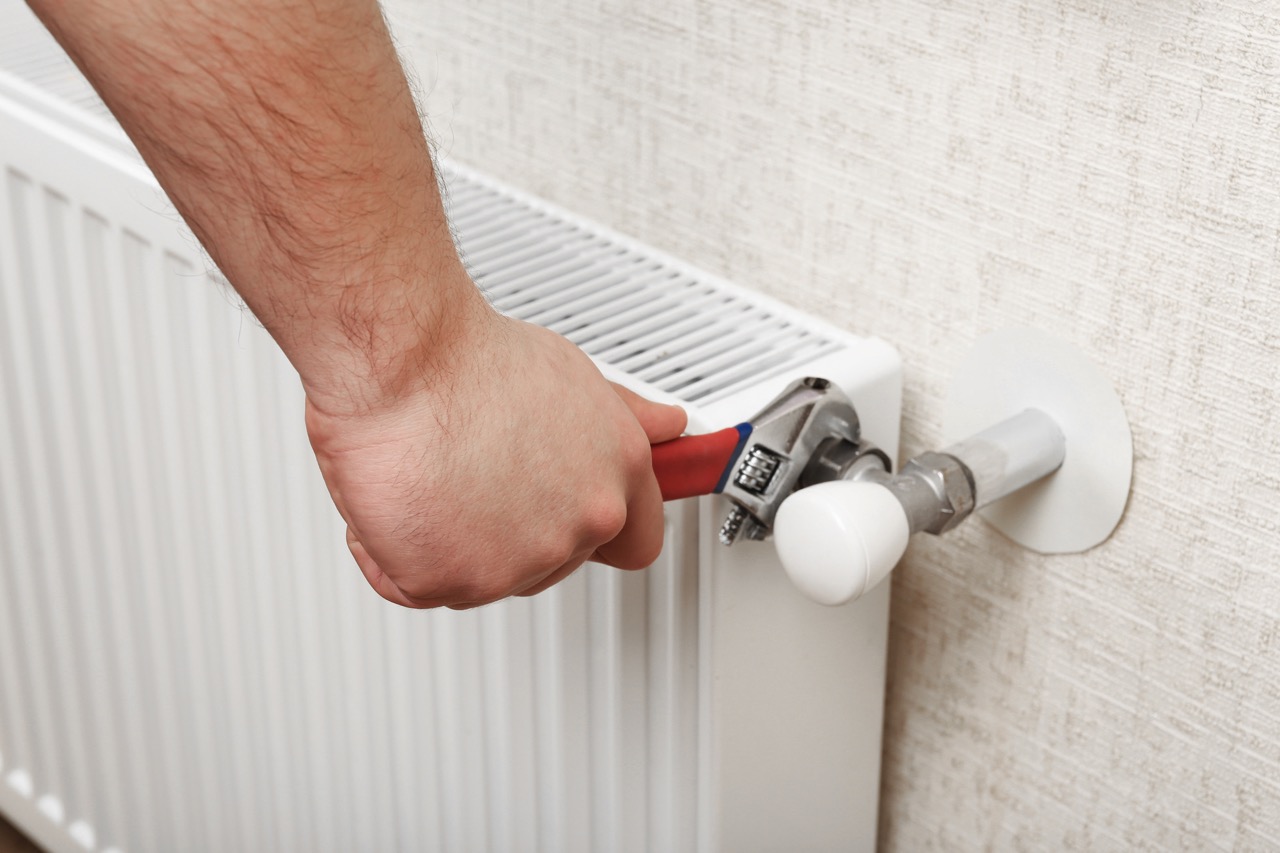
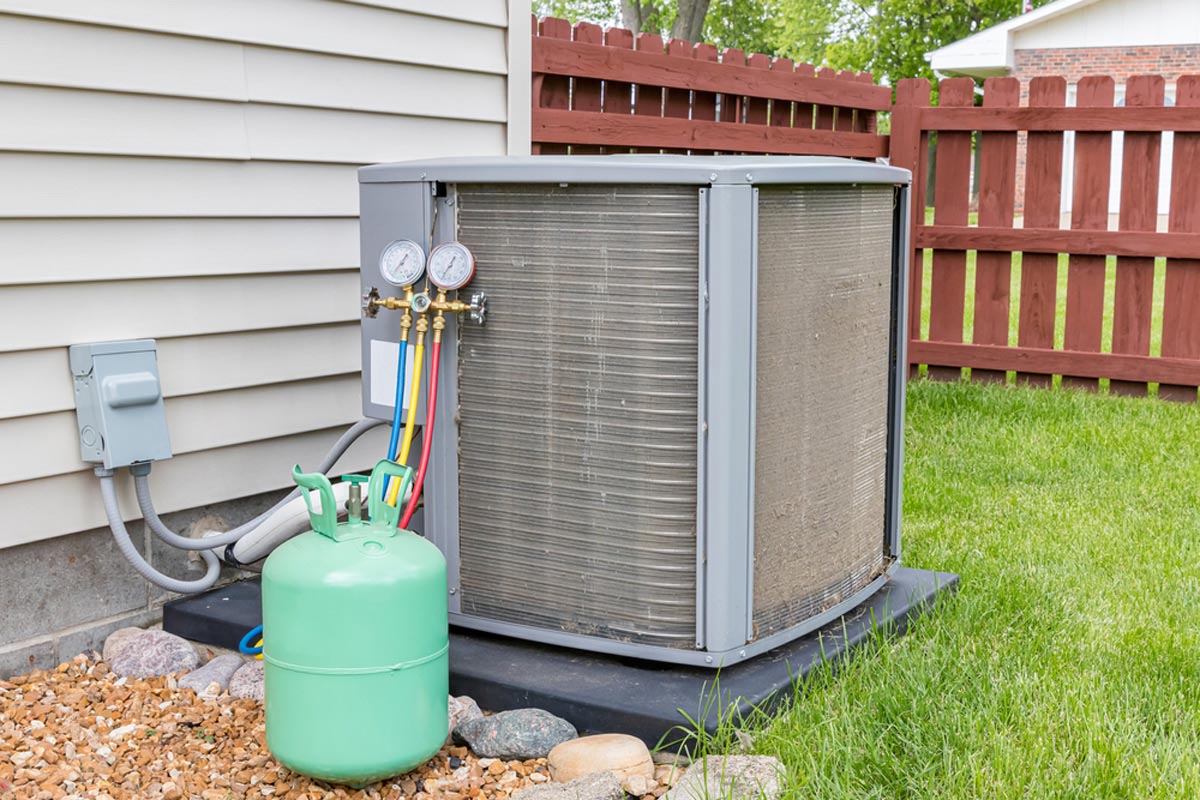
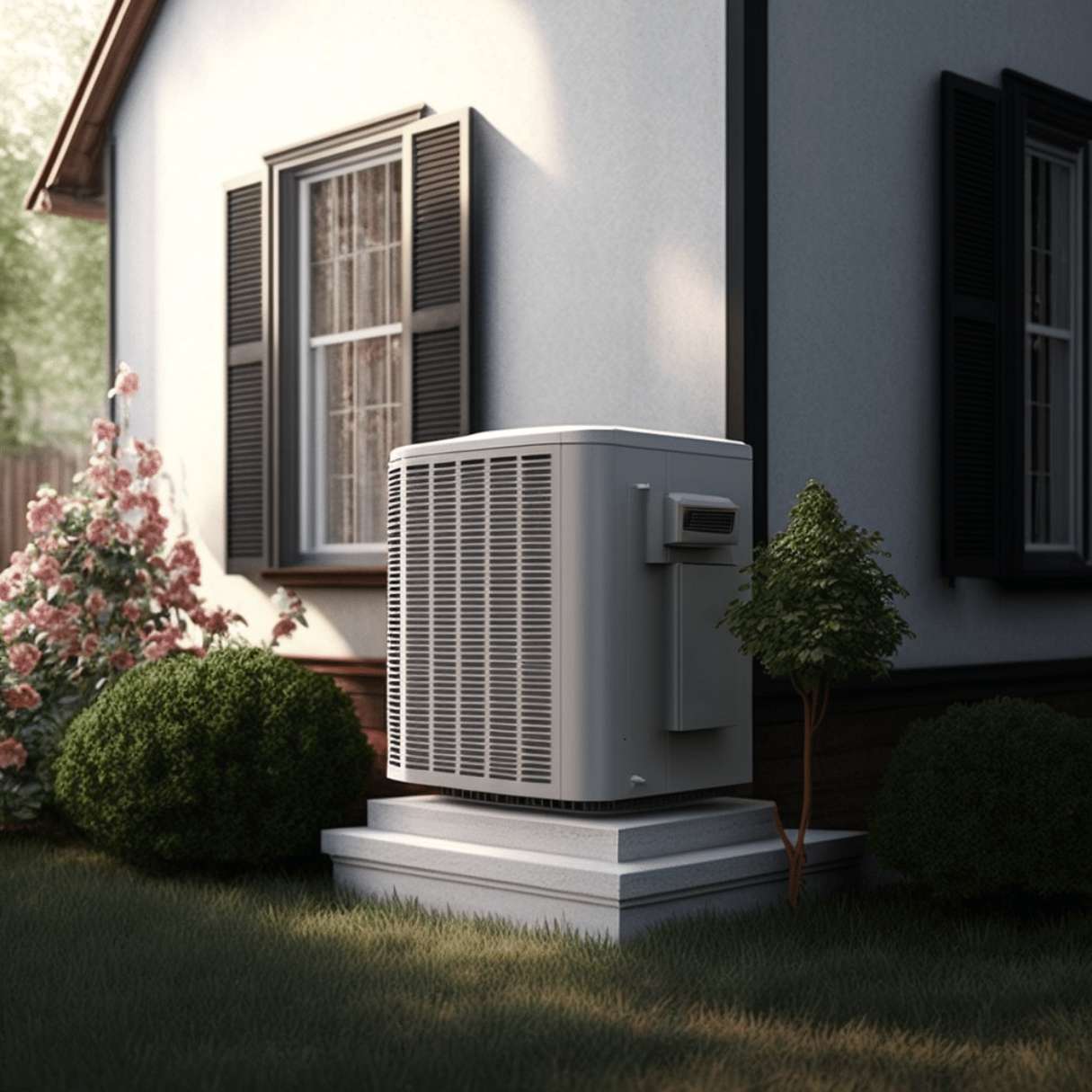
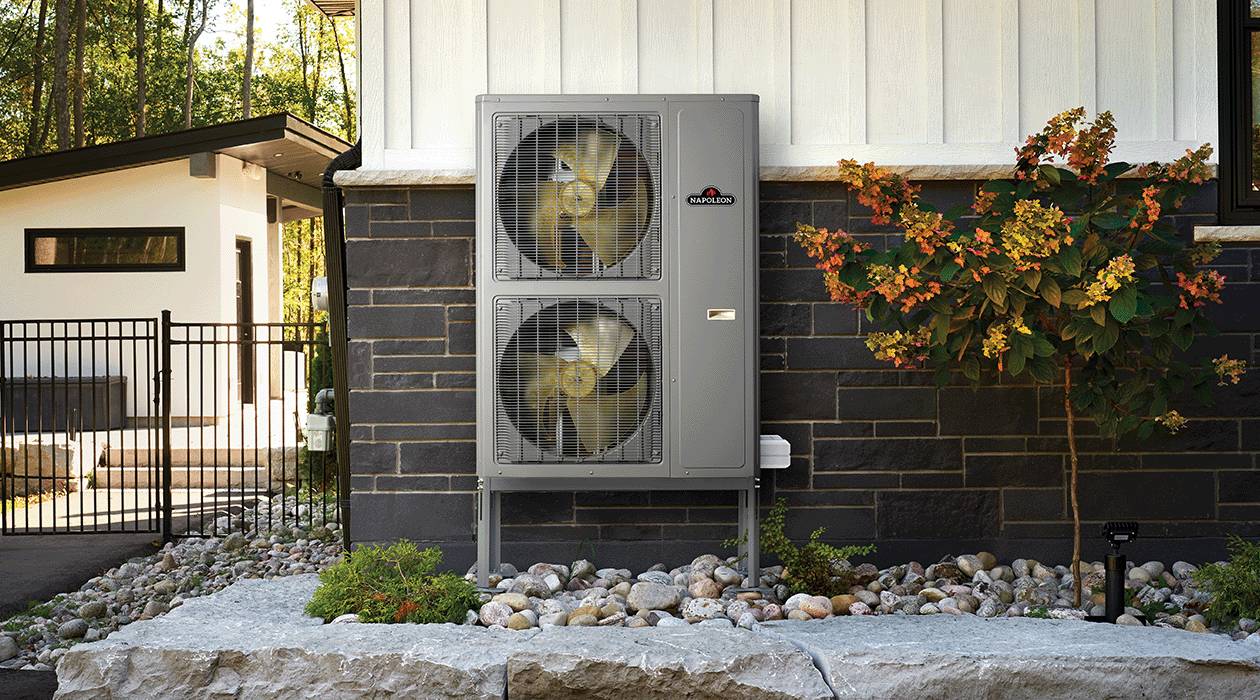
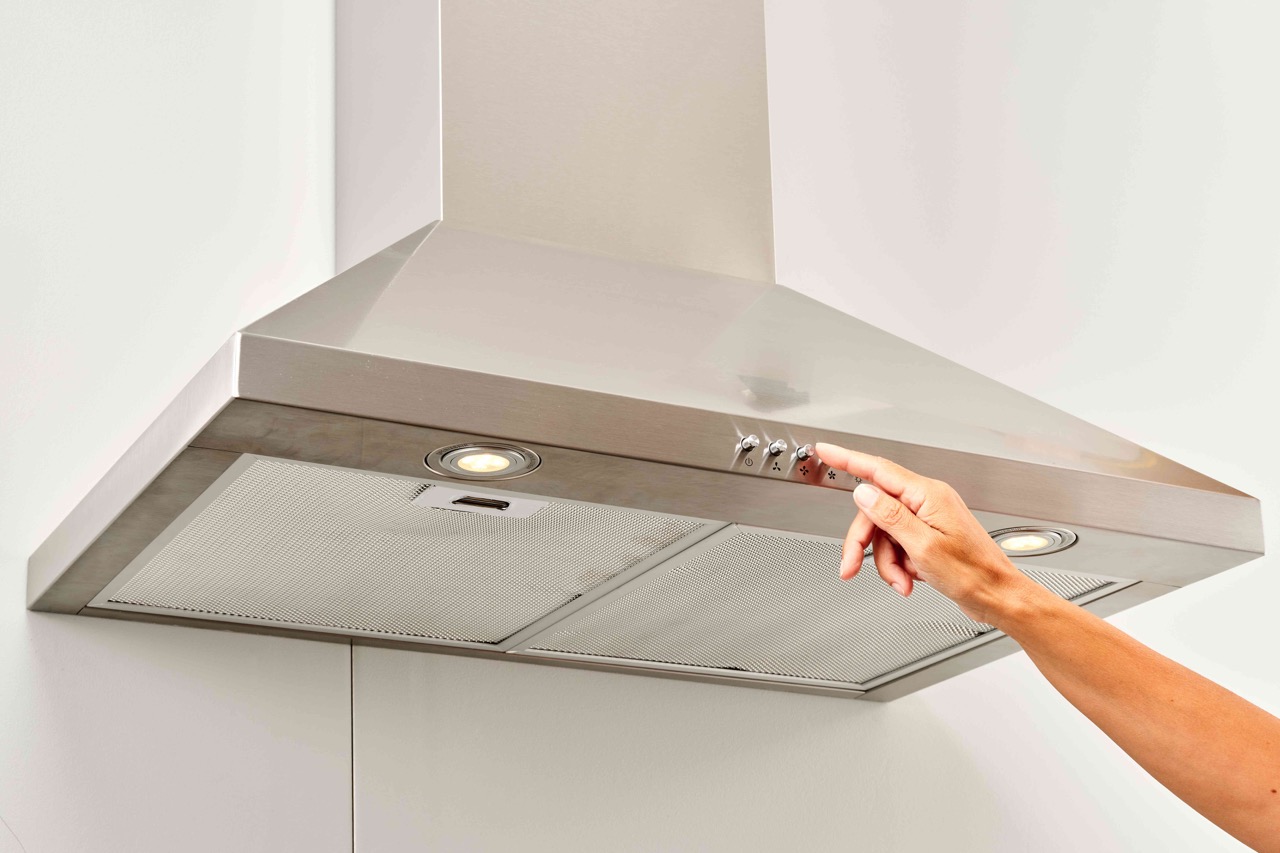

0 thoughts on “How Much Does A Ventilation System Cost”